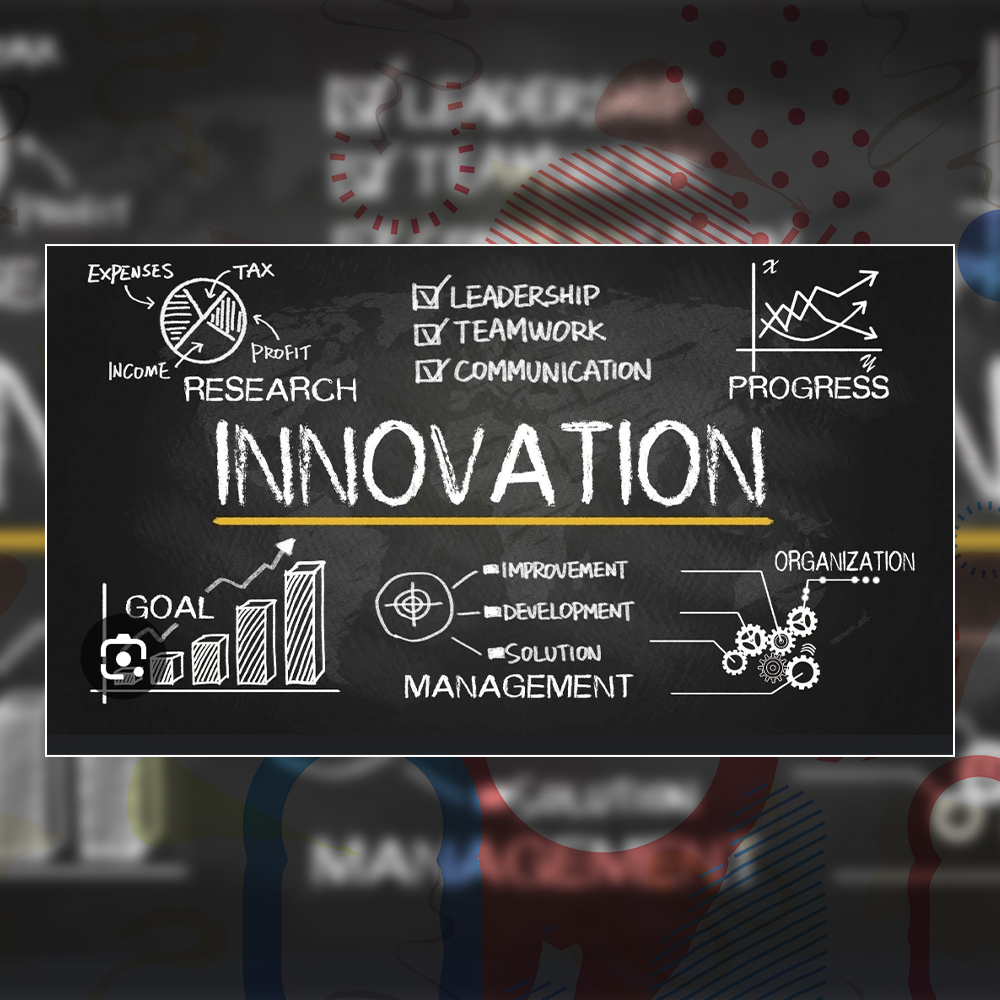
Organizations need strong leaders to drive success and innovation. Leadership development programs help individuals gain skills that prepare them for greater responsibilities. These programs focus on key areas such as communication, decision-making, and emotional intelligence. Companies invest in leadership development to ensure capable leaders are ready for future challenges.
Leadership training involves structured learning through workshops, mentorship, and hands-on experiences. It allows employees to refine their skills and develop confidence in leadership roles. Well-designed programs enhance problem-solving abilities and adaptability in dynamic work environments.
Key Benefits of Investing in Leadership Development
Companies that invest in leadership programs create a strong foundation for long-term success. These initiatives increase employee engagement, motivation, and retention. Well-trained leaders improve workplace culture by fostering collaboration and trust among team members.
Developing leadership skills enhances decision-making and strategic thinking. Trained leaders can handle crises effectively and drive business growth. Employees feel valued when given opportunities for leadership training, leading to increased job satisfaction and productivity.
Organizations benefit from a leadership pipeline that ensures continuity in management roles. Businesses that cultivate internal talent reduce recruitment costs and strengthen company loyalty. Leadership training also fosters innovation by encouraging creative problem-solving skills.
Essential Elements of Effective Leadership Programs
Successful leadership programs include key components that contribute to professional growth. Clear goals and expectations help participants stay focused on learning objectives. Training must align with an organization’s vision and values to create effective leaders.
Mentorship plays a crucial role in leadership development. Experienced leaders guide trainees, providing insights and real-world knowledge. Hands-on learning, such as project management and decision-making exercises, helps participants apply their skills in practical scenarios.
Constructive feedback is essential for leadership growth. Regular evaluations allow participants to understand their strengths and areas needing improvement. Programs that include peer collaboration enhance learning through shared experiences and diverse perspectives.
Technology also enhances leadership training. Online courses, virtual mentorship, and interactive learning tools make leadership programs accessible and engaging. Businesses that integrate modern learning methods keep leadership training relevant and effective.
Challenges in Leadership Development and How to Overcome Them
Organizations face challenges when implementing leadership programs. One major obstacle is resistance to change. Some employees may feel hesitant about stepping into leadership roles. Providing encouragement and support helps overcome this challenge.
Limited resources can also hinder leadership development efforts. Small businesses may struggle with budget constraints. Companies can explore cost-effective options such as online training or mentorship programs to support leadership growth.
Another challenge is ensuring leadership training remains relevant. Industries evolve, requiring leaders to adapt to new trends and technologies. Continuous learning through regular workshops and updated training materials keeps leadership programs effective.
Measuring the success of leadership programs can be difficult. Organizations must establish clear metrics to assess progress. Surveys, performance evaluations, and employee feedback provide insights into program effectiveness.
The Future of Leadership Development Programs
Leadership development is evolving to meet the needs of modern workplaces. Companies are adopting personalized training approaches that cater to individual learning styles. Flexible programs allow participants to balance professional development with work responsibilities.
Diversity and inclusion are becoming essential in leadership training. Organizations focus on developing leaders from diverse backgrounds to create more inclusive workplaces. Leadership programs now emphasize cultural competency and empathy.
Technology continues to shape leadership development programs. Artificial intelligence, virtual reality, and digital coaching provide immersive training experiences. Companies using data analytics to track leadership growth can refine their programs for better results.
Investing in leadership development ensures organizations remain competitive in a rapidly changing world. Businesses that nurture talent today will have strong, capable leaders driving success tomorrow.